7 Experimental Weapons That Collectors Prize for Their Oddity
Experimental weapons often pique the curiosity of collectors due to their unique designs and fascinating histories. These one-of-a-kind pieces challenge traditional concepts of weaponry, combining creativity with military innovation. Many were prototypes never meant for mass production, yet they leave a lasting impression. As rare items, they stand out in any collection, offering a glimpse into what could have been.
This post may contain affiliate links, which helps keep this content free. Please read our disclosure for more info.
The Sturmpanzer A7V
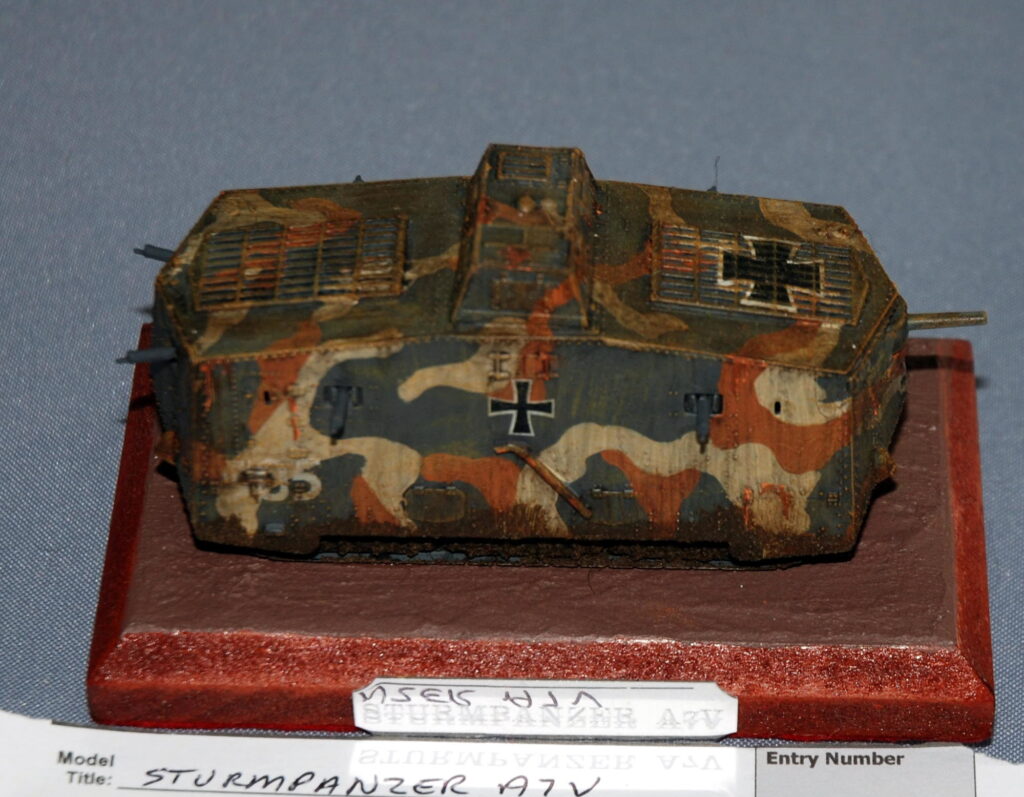
The Sturmpanzer A7V was one of Germany’s first attempts at developing a tank during World War I. The tank was bulky and slow but was built to traverse trenches and support infantry. Only a handful of these vehicles were constructed, and only one saw combat, where it was quickly destroyed. While the A7V was far from a success, it stands as an early precursor to modern tank warfare.
Collectors are drawn to the Sturmpanzer A7V due to its place in military history as one of the first combat tanks. Its rarity and unique design make any surviving parts or blueprints extremely valuable. Many pieces related to the A7V are now housed in museums, and finding original artifacts tied to the tank is a rare occurrence. The A7V remains a symbol of innovation and failure, a reminder of early armored warfare experimentation.
The British “Turtle” Submarine
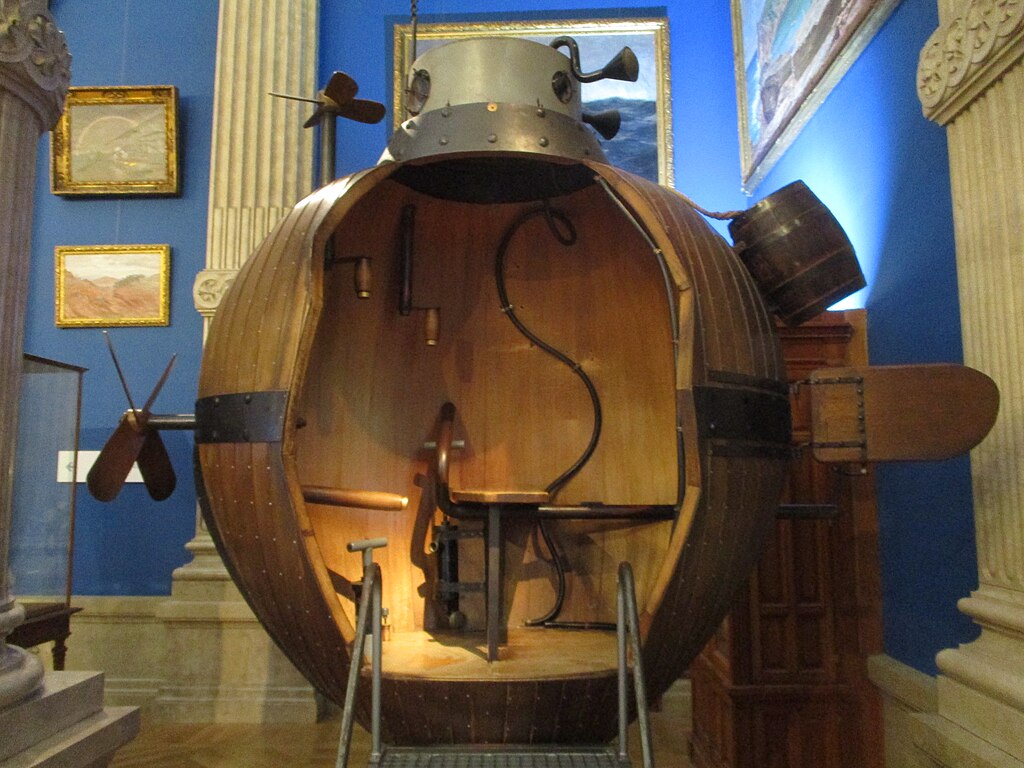
The British “Turtle” submarine was a one-man vessel designed during the 18th century for underwater warfare. Its creator, American inventor David Bushnell, envisioned the sub as a way to attach explosive charges to enemy ships while submerged. Despite its innovative design, the Turtle proved ineffective in battle, as it was slow and easily detected. The vessel’s experiments ultimately paved the way for future submarines.
Today, collectors prize models and replicas of the Turtle for their connection to the earliest concepts of underwater warfare. Although the submarine itself was not successful, its idea was revolutionary for its time. Items related to the Turtle, including early designs and journals of its creators, hold historical importance. The Turtle is recognized as a foundational piece in the evolution of naval warfare.
The M-41 Walker Bulldog Tank
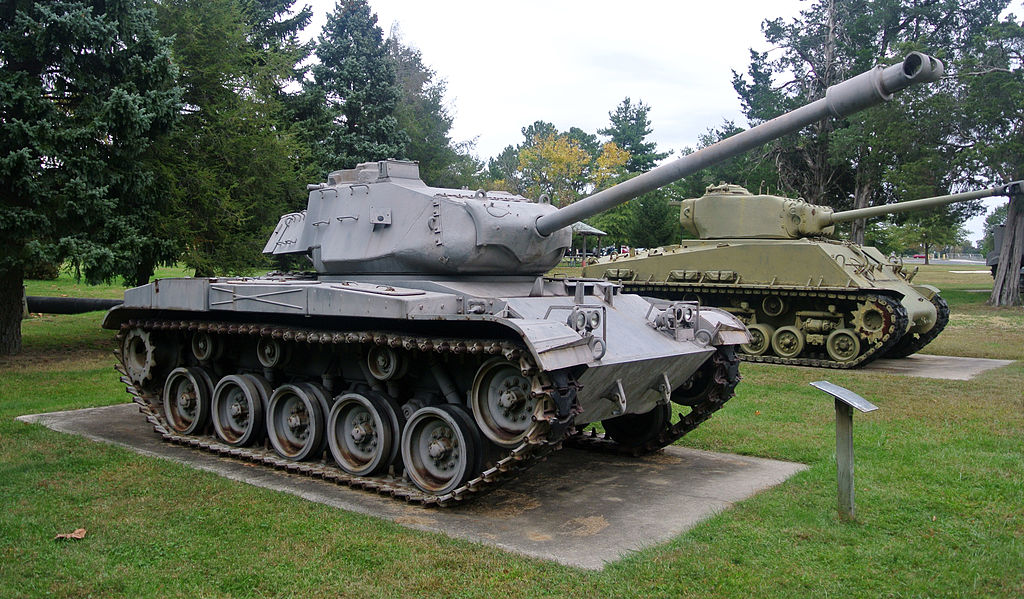
The M-41 Walker Bulldog was an experimental light tank developed in the United States in the 1950s. Designed for rapid mobility and flexibility in combat, the M-41 was tested in several military conflicts but never became a primary force. Despite its limited production, the Walker Bulldog’s design and features influenced future tank development. The tank’s compact size and maneuverability made it an interesting step in the evolution of armored vehicles.
Collectors often seek out parts of the M-41 Walker Bulldog due to its unique design and historical significance. The tank was used in several conflicts, but its experimental features made it more of a footnote in tank history. Tanks from this era remain highly sought after, with specific components such as turrets and tracks fetching considerable prices. The M-41’s place in Cold War military development makes it an intriguing item for collectors of military vehicles.
The Japanese Type 97 Chi-Ha Tank
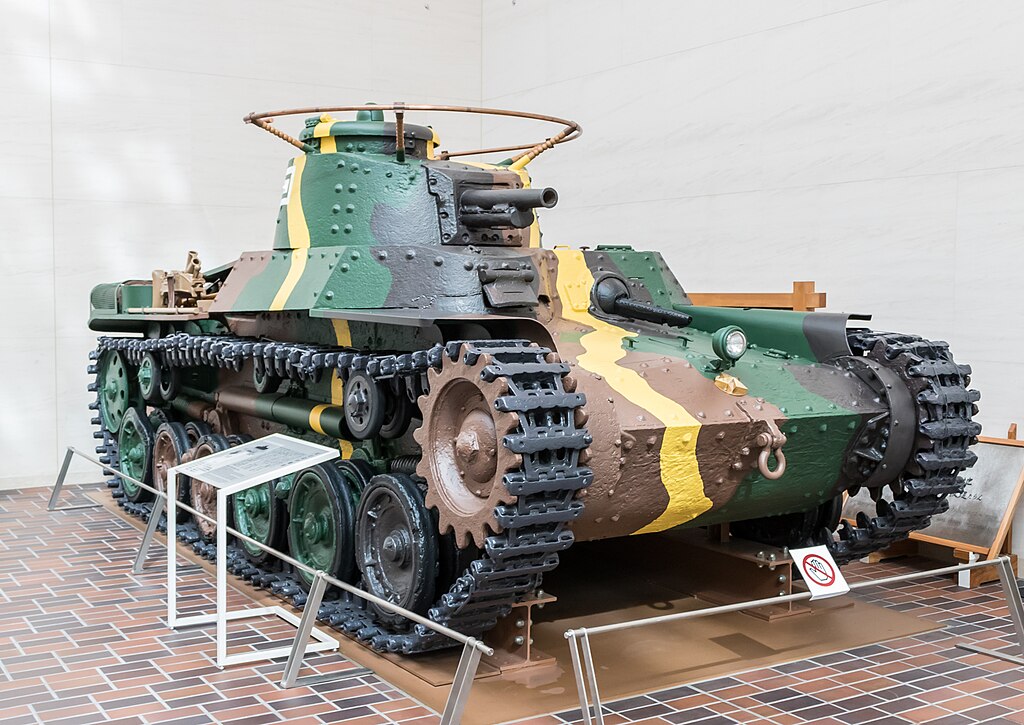
The Type 97 Chi-Ha was Japan’s primary medium tank used during World War II. This experimental tank was relatively lightweight and equipped with a 57mm gun, making it less effective than its Allied counterparts. While the Chi-Ha saw action in several major battles, it was often outclassed by more advanced tanks. Its unique design and construction are of historical interest to military enthusiasts.
Collectors value the Type 97 Chi-Ha for its role in Japan’s World War II military efforts. Despite its shortcomings on the battlefield, the Chi-Ha represents Japan’s attempt to develop more sophisticated armored vehicles. Parts from the Type 97, such as tracks or the main gun, are often sought after for their rarity and historical importance. The Chi-Ha remains a significant example of early tank design in the 20th century.
The British “Flying Bomb”
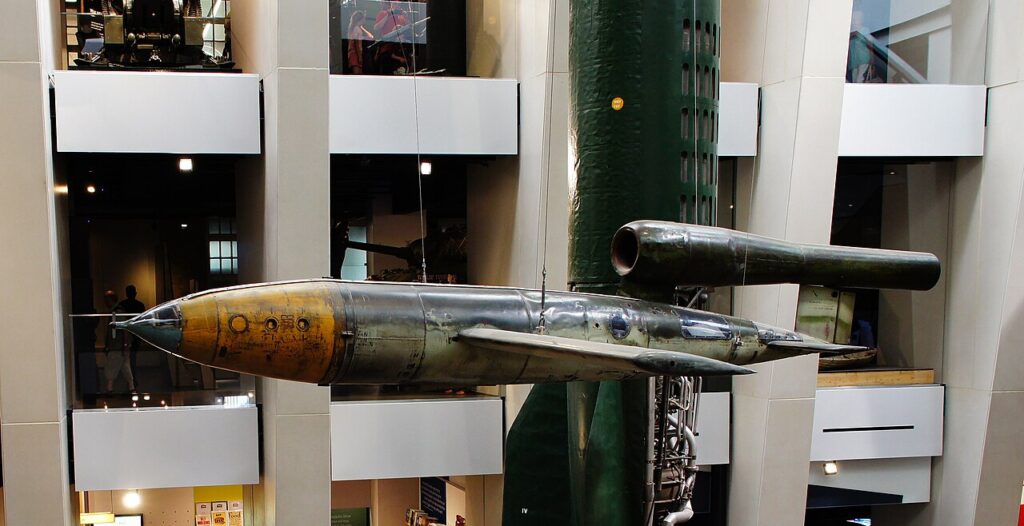
The British “Flying Bomb” was an experimental weapon developed during World War II as an attempt to create a guided missile. The concept behind the Flying Bomb was to use a small, flying aircraft loaded with explosives to crash into enemy targets. The weapon, though highly innovative for its time, was never successfully developed into a fully functional missile system. Its experimental nature makes it a notable part of military history.
Collectors prize parts of the British Flying Bomb for their rarity and historical value. Items such as early schematics or experimental models are highly sought after by those interested in unconventional wartime inventions. While the weapon was never mass-produced, its design laid the groundwork for later developments in guided missiles. The Flying Bomb remains an interesting and rare artifact for collectors of World War II-era military technology.
German Maus Superheavy Tank
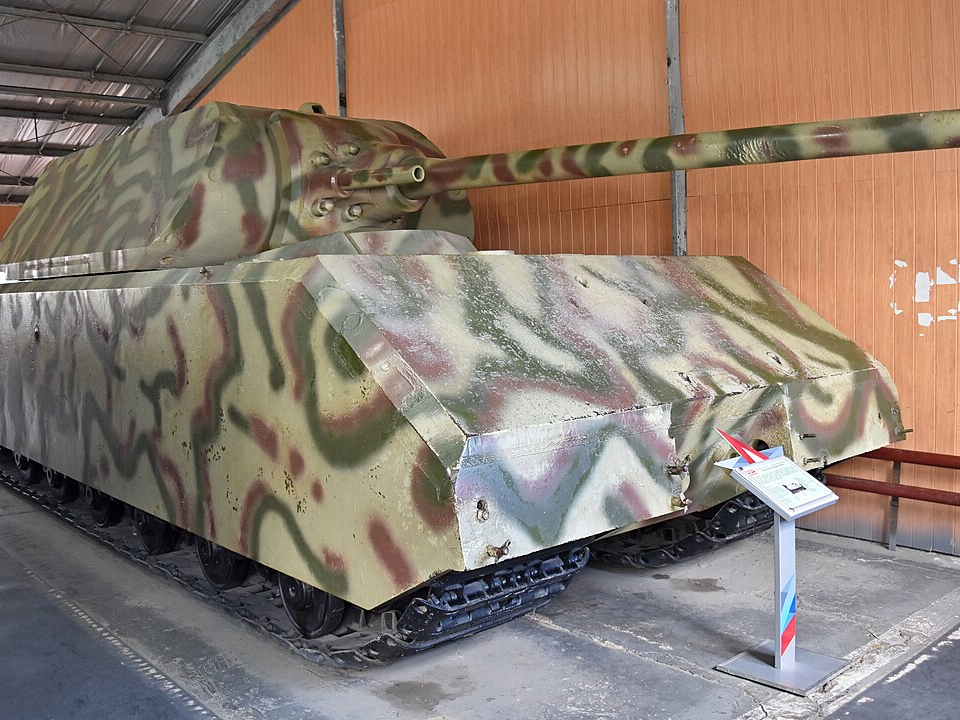
The Maus was a German superheavy tank prototype developed during World War II. Only two prototypes were completed, and it never reached full production. Its massive size made it impractical for combat and transportation. The tank remains one of the largest armored vehicles ever built.
Collectors prize Maus components, blueprints, and replica models for their extreme rarity. The sheer scale of the tank makes surviving pieces highly sought after. Its unusual engineering features, such as thick armor and oversized tracks, highlight German experimental tank design. The Maus provides insight into wartime ambition that never became reality.
American T28 Super Heavy Tank
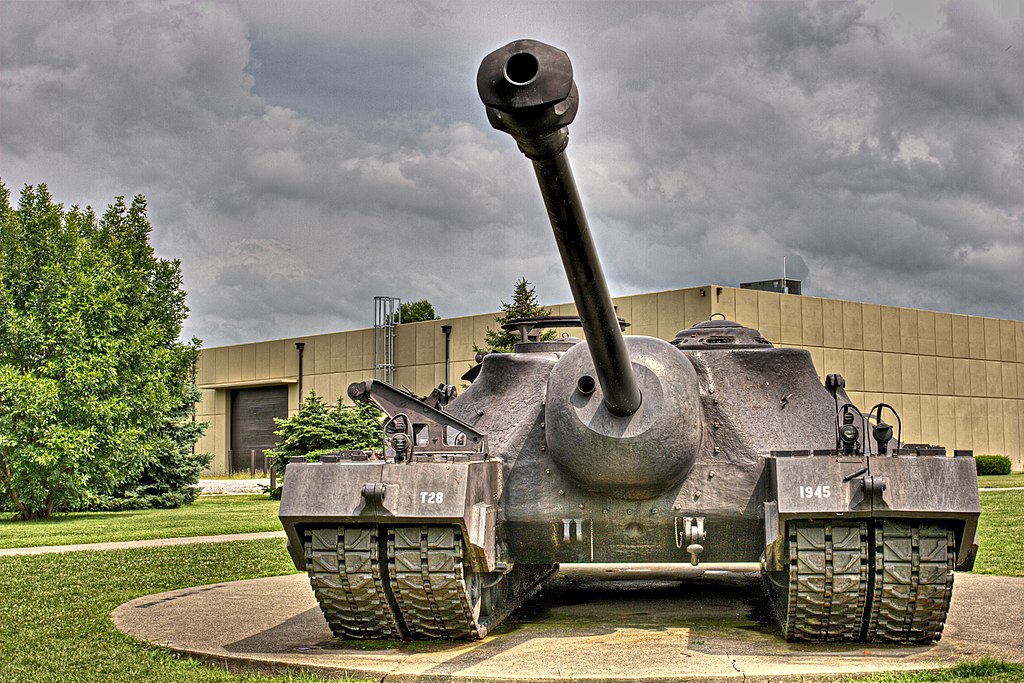
The T28 was an American experimental super-heavy tank designed to break through German fortifications. Only two prototypes were constructed, and they never saw combat. Its enormous weight made transportation and mobility impossible on most terrain. The project was canceled shortly after the war ended.
Collectors seek surviving T28 parts, such as turrets or armor panels. Its rarity and unusual design make it highly appealing. The tank’s heavy armament and size reflect the extremes of experimental armored warfare. It is remembered as a unique engineering attempt that never became practical.
This article originally appeared on Avocadu.
